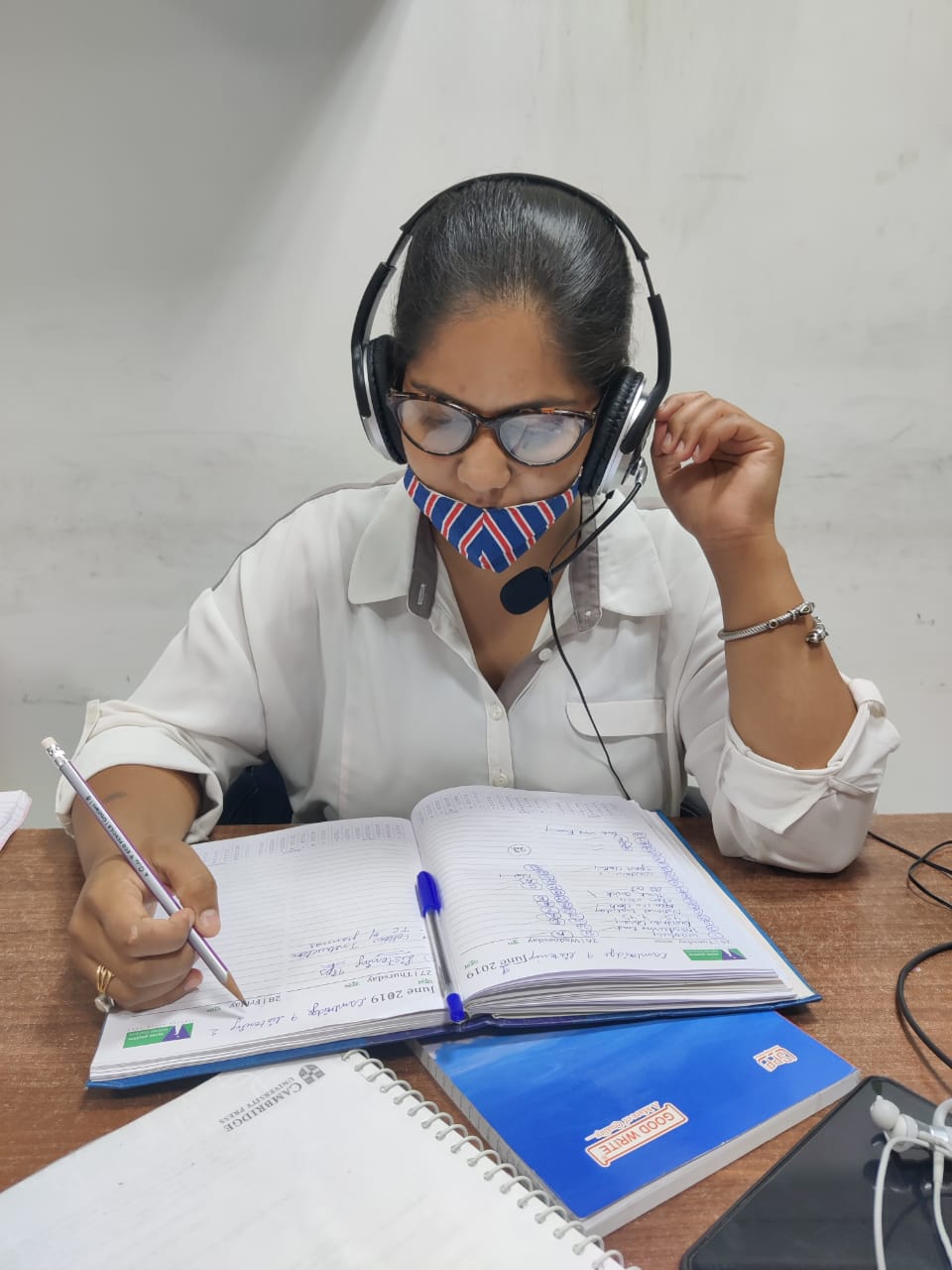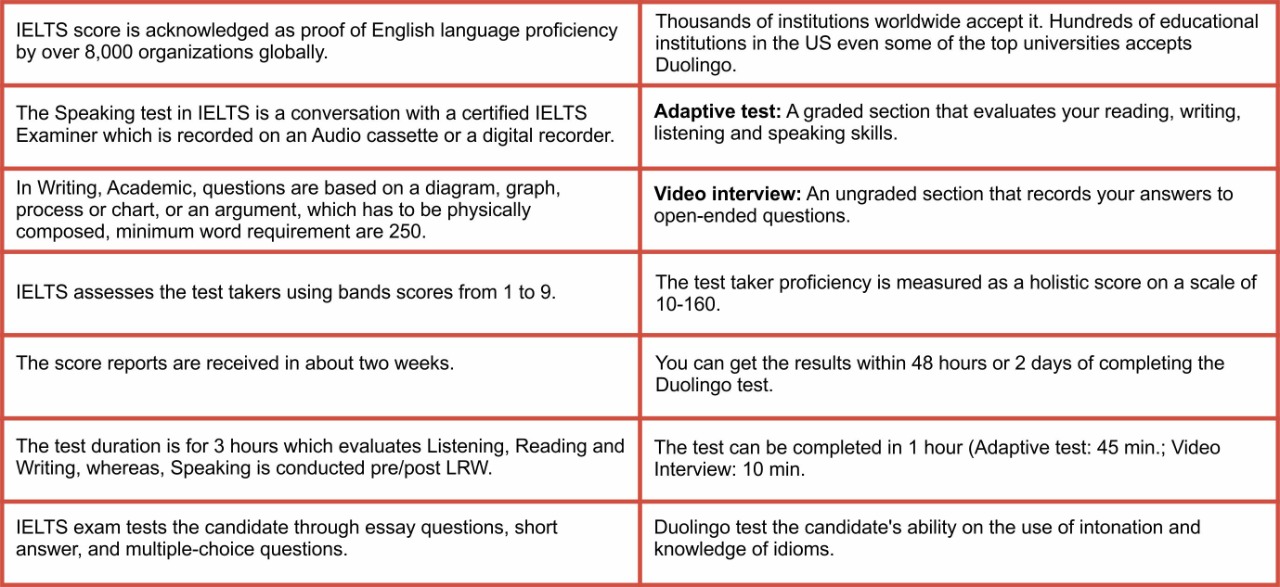DUOLINGO TEST OF ENGLISH
To initiate, Duolingo test is an online test that attempted on personal computers, provided that nobody else is in the room. This test like other traditional English language proficiency tests analyses your skills in reading, writing, speaking and listening.
It does not only focus on academic and workplace but for various applications of several professional fields as well. It is cheaper to take this English test having $49 fees. Also, no additional charge is asked for additional score reports. Moreover, the exam lasts for an hour maximum. This means it is much shorter in time as compared to three hours exams like IELTS, PTE and TOEFL, thus making it convenient for those candidates who are unable to get their desired score in their traditional language assessment tests. An applicant receives a confirmation email once the result gets generated, it takes 48 hours to get the result of the Duolingo English Test.




